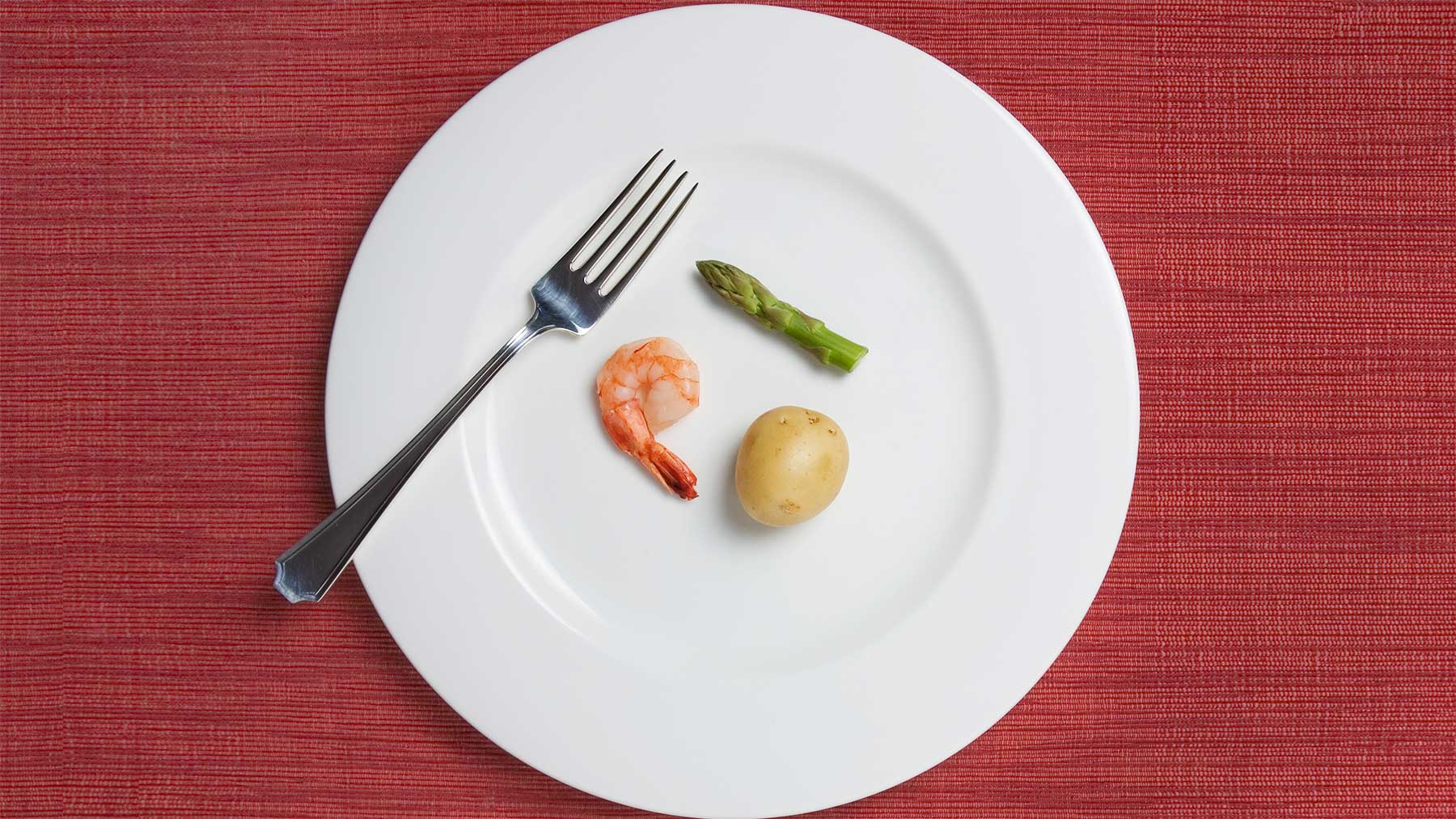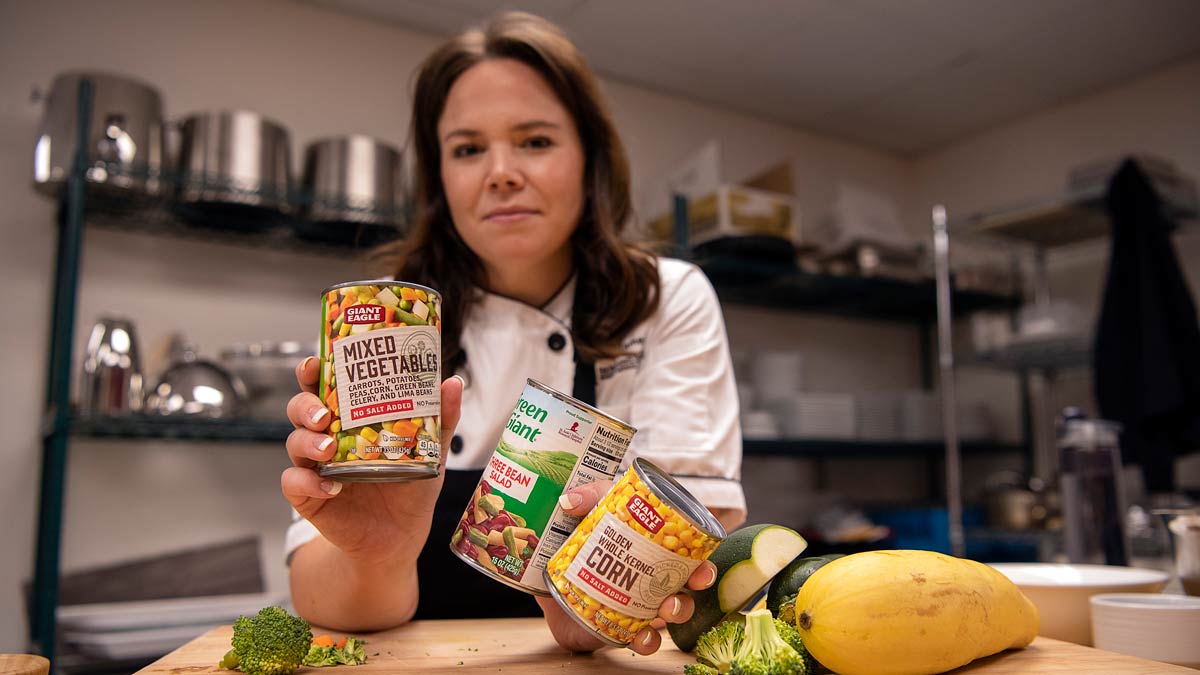Portion control could be the answer to stalled weight loss

Wondering how to shed those extra pounds? The solution might be as simple as using a smaller plate for meals. The goal: Reduce your portion sizes.
You may have heard the terms serving size and portion size.
- Serving size is the recommended amount of food for a healthy diet.
- Portion size is what a person actually eats.
For example, you may eat a small bag of chips for an afternoon snack. By eating the entire bag, you have made it one portion. But read the nutrition label: that bag contained three servings.
Liz Weinandy, registered dietitian at the Ohio State Wexner Medical Center, explains portion control.
Is portion control a diet or an overall lifestyle change?
Portion control should be viewed as a lifestyle. While you can expect to lose weight if you begin cutting down your portions, you must consistently eat smaller portions of higher calorie foods to keep extra weight gone for good.
Logging your daily meals in a food-tracker app can help enforce this practice because it increases awareness of how much food you’re putting in your body.
However, Weinandy cautions that reducing portions should be implemented gradually. Immediately restricting sizes can lead to failure and discouragement.
So how can you feel fuller longer?
Weinandy recommends a few ways to solve this common issue:
- Eat larger portions of healthier foods that have more fiber and fewer calories like fruits and vegetables. Not only do these foods help reduce your waistline, they help lower risk of many diseases.
- Fill half your plate with fruits and vegetables, and finish out the other half with proteins and starch.
- Try eating off an eight-inch plate instead of a 12-inch or larger one.
- Eat the protein in your meal before eating carbs. This might help you eat fewer carbs and ultimately intake fewer calories.
- Cook your meals at home more often, versus eating out. This helps control both portions and calories.
- Don’t be afraid of healthy fats found in foods such as avocados, nuts or olive oil. Fats and fiber keep food in your stomach longer which can help you feeling fuller longer.
How can you have more self-control?
Portion control sounds simple in theory, but how can you actually implement this to your everyday life?
A helpful rule of thumb is to simply “take half.” If you’re at a party, take only half a piece of cake. When you’re eating at home, take smaller portions initially. “Take half as much as you think you want,” says Weinandy.
“Allow yourself to have more, but wait until about 5-10 minutes after the first serving,” Weinandy recommends. “This helps you determine if you’re actually still hungry.”When you’re presented with various food options, maintaining self-control is much more difficult. This can be particularly troublesome in the workplace when fast food, cafeteria meals and snack machines are available. Dodge these temptations by cooking your food at home. Take half the meal and pack it in your lunchbox. This is not about eating like a bird, but instead giving your body time to register if the smaller amount of food is enough for your hunger.
When cooking at home, place your food on smaller plates and bowls. If you’re looking at a large plate with seemingly little food, you feel dissatisfied. When you use smaller plates and bowls, you can fill them up and trick your brain into thinking you’re eating more.
Split the meal. Restaurants give you larger than the recommended serving size, and if you’re served more, you’ll eat more. By splitting the meal with another person, you’re able to eat less yet still feel satisfied. If half a meal is not enough, then add a side salad or soup. Depriving yourself is not necessary and does not work in the long run.
Listening to your body and eating until you are satisfied is the goal. Most people can eat less and be satisfied.
“With some of these simple changes, you can change how portions affect you and lose weight,” Weinandy explains.
Watch this video to learn more tips about portion control and weight management from Weinandy.





